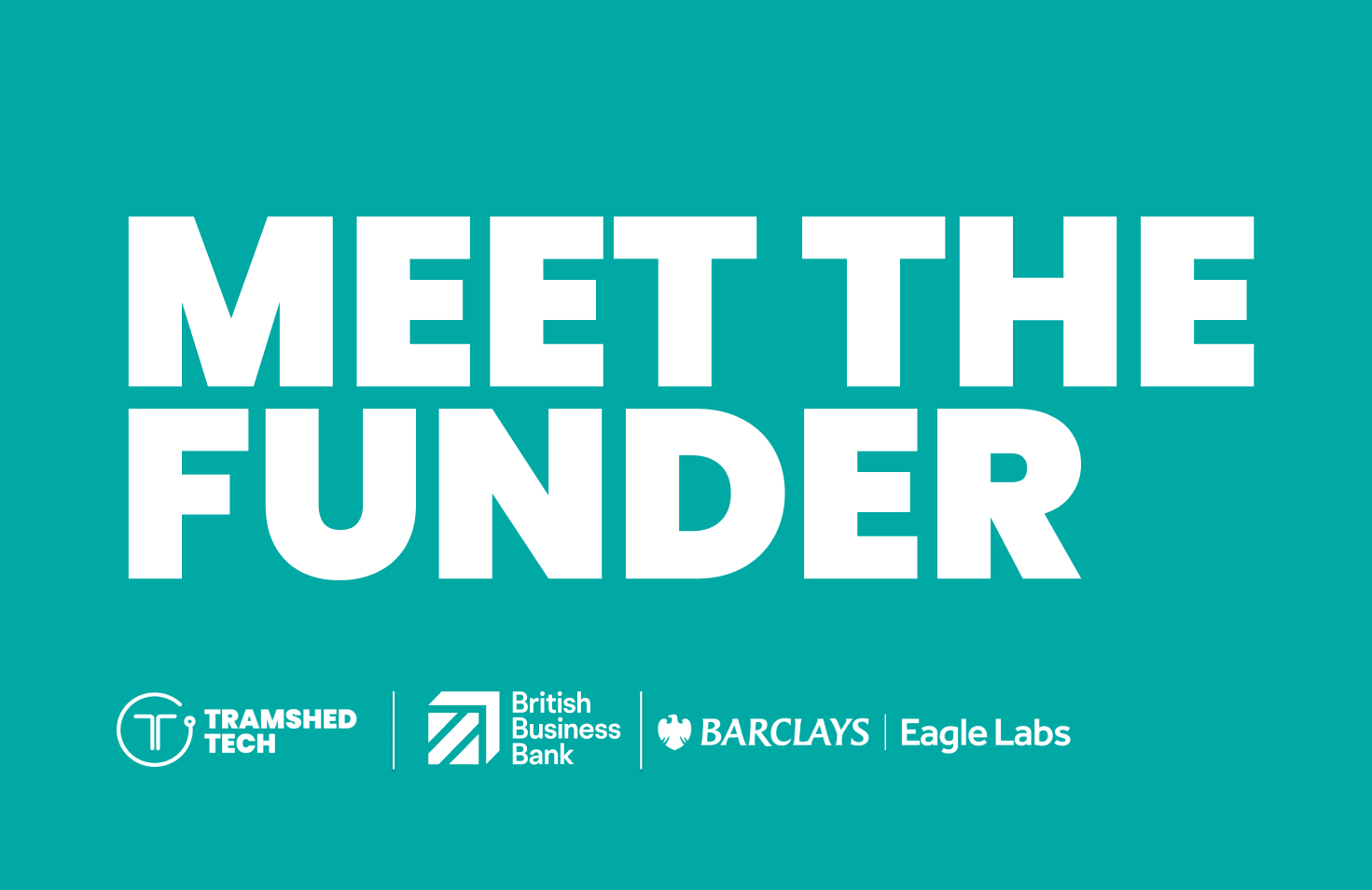Pitching a product can be nerve-wracking. Don't worry, you're only human if you feel this way. But with the right approach, pitching can actually be kind of exciting. It’s your chance to share something you believe in and solve a real problem.
Let’s be real - pitching a product (as with pitching anything) can be somewhat nerve-wracking. Whether you're talking to investors, potential customers or even just your own team, that moment when all eyes are on you feels big.
But with the right approach, pitching can actually be kind of exciting. It’s your chance to share something you believe in and solve a real problem.
In this guide, we dive into what it actually takes to deliver a pitch that doesn’t just sound good, but lands, connects with your audience, and most of all, gets results.
But before anything else…
What Is a Product Pitch?
A product pitch is a short, persuasive presentation where you introduce a product to an audience, often with the goal of getting them interested, excited, and ready to take action.
What might this action be? Well, that action could be investing in it, buying it, partnering with you, or simply giving feedback.
Think of it almost as your product’s first impression. It’s your chance to answer key questions like: ‘What problem does this product solve?’, ‘Why is it worth paying attention to?’ And ‘What makes it different (and better) than what’s already out there?’
 (1).jpg) A product pitch sells the product to users by highlighting its features and benefits, while an investor pitch sells the business opportunity to investors by focusing on market potential, traction, and return on investment.
A product pitch sells the product to users by highlighting its features and benefits, while an investor pitch sells the business opportunity to investors by focusing on market potential, traction, and return on investment.
A 6-Step Guide to Successfully Pitching a Product
Here's a solid 6-step guide to successfully pitching a product:
1. Truly Know Your Audience
This first one might sound obvious, but it’s actually where a lot of pitches fall flat.
If you don’t really understand who you’re talking to, it’s easy to miss the mark - like pitching advanced analytics features to someone who just wants to know how your product saves them time.
Take a moment to step into their shoes. Are you speaking to a room full of investors? They care about market opportunity, scalability, and ROI. A potential customer? They want to know how your product makes their life easier or solves a pain point. A retail buyer? They’re looking for something that will sell fast and fit with their current lineup.
The more you understand their priorities, the better you can shape your pitch to hit the sweet spot.
At Tramshed Tech, we’ve built a thriving community of entrepreneurs and innovators. By joining our network, you can gain access to valuable insights and advice from people who’ve been in your shoes. Whether through mentorship opportunities or events, you’ll have the chance to hear from people who know exactly what investors or clients are looking for.
Give us a call on 029 2010 3090 to learn more about our memberships and events.
2. Open With a Strong Hook
Nowadays, attention spans are short. And I mean really short. So if you don’t grab your audience in the first 15–30 seconds, you might lose them before you even get to the good stuff. That’s why starting with a strong hook is everything.
Your hook could look like a surprising stat, a relatable story or even a bold question. Whatever it is, it should spark curiosity and instantly set the stage for why your product matters.
For example, instead of saying, “Today I’m going to talk about our new productivity app,” try something like, “Did you know the average employee spends 3 hours a day just switching between tools? We built something that changes that.”
3. State the Problem & Then Your Solution
Next, when you've got their attention, it’s time to make them care. And the best way to do that? Talk about the problem your product solves - clearly, simply, and in a way that feels real.
Describe the pain point or challenge that your audience can relate to (or at least understand). The more specific and relatable you can be, the better.
 (1).jpg) Once you’ve got the audience agreeing with the problem, it’s time to bring in your solution.
Once you’ve got the audience agreeing with the problem, it’s time to bring in your solution.
Show them how your product solves that problem in a smart, effective, or maybe even surprising way. You don’t need to rattle off every single feature right away, just simply explain the core of what your product does and how it makes life easier, better, faster, cheaper - whatever it may be.
Tramshed Tech’s incubator program offers structured support to help startups refine their business models, hone their messaging, and get crystal clear on their value propositions. Whether you’re developing your solution or figuring out how to articulate it, you’ll have access to expert guidance and feedback from professionals who understand what works.
Discover our tips for how to be accepted onto a startup business incubator, here.
4. Show You Understand the Market Opportunity
Okay, so you’ve shown that there’s a problem and that your product solves it - great start.
But now your audience wants to know: ‘Is this actually a big enough deal to be worth their time, money, or attention?’
That’s where market opportunity comes in. This part of your pitch is all about showing that there’s real demand and room for growth.
How to Show Market Opportunity
You don’t need to bombard your audience in numbers, but a few smart stats can go a long way. Remember to use credible sources to back up things like ‘Total addressable market (TAM)’ and ‘Growth rate of your industry’.
It’s also a good idea to talk about your competitors. Not in a way that looks like you’re bashing them, but you want to prove that you’ve done your homework. Acknowledge what’s already out there, and then explain how your product is different, better, faster, cheaper, more innovative - whatever sets it apart.
 (1).jpg) A good example of showing market opportunity is stating something like ‘The online learning market is expected to reach £200 billion by 2026.”
A good example of showing market opportunity is stating something like ‘The online learning market is expected to reach £200 billion by 2026.”
5. Anticipate Questions
No matter how much time you put into polishing your pitch, people are (most probably) always going to have questions - and that’s a good thing because it means they’re paying attention, thinking critically, and maybe even picturing themselves getting involved.
But if you get caught off guard or stumble through answers, it can shake their confidence in you and your product.
The most common questions asked during a product pitch tend to fall into a few categories:
- Money: How do you make money? What’s your pricing model? What’s your cost to acquire a customer?
- Scalability: Can this actually grow? What happens when you have 10x the users?
- Competition: Why would someone choose you over other products?
- Market validation: Has anyone used this? Do you have any proof it works?
- Roadblocks: What’s the biggest risk? What could go wrong?
6. Extra Tips
We’ve covered the big stuff, but here are a few extra tips to make your pitch even more memorable and impactful.
- Keep it simple - If you need to explain things like tech specs or industry terms, do it in a way that anyone can understand.
- Don’t be pushy - There’s a very fine line between being passionate and being pushy. Sure, you’re excited about your product, and you should be, but let that excitement shine without coming off as desperate.
- Practice, practice, practice - The more you rehearse, the more natural and confident you'll sound when the moment arrives, so be sure to run through your pitch in front of friends, family, or even a mirror.
- Be authentically yourself - It sounds awfully cliche, but people can tell when you’re being genuine, and that authenticity makes your pitch stand out. So, don’t try to be someone you’re not, just be confident in your product and your message and you’ll do just fine.
We are Tramshed Tech: a startup ecosystem home to 50+ companies and 600+ registered members from the digital, creative and tech communities. We’re currently based in Grangetown, Cardiff Central & Newport, Barry and Swansea.
Want to know more? Give us a call on 029 2010 3090 or send us an email through our contact form.
Written by Kate on behalf of Tramshed Tech.
















 (1).jpg) A product pitch sells the product to users by highlighting its features and benefits, while an
A product pitch sells the product to users by highlighting its features and benefits, while an  (1).jpg) Once you’ve got the audience agreeing with the problem, it’s time to bring in your solution.
Once you’ve got the audience agreeing with the problem, it’s time to bring in your solution. (1).jpg) A good example of showing market opportunity is stating something like ‘The online learning market is expected to reach £200 billion by 2026.”
A good example of showing market opportunity is stating something like ‘The online learning market is expected to reach £200 billion by 2026.”